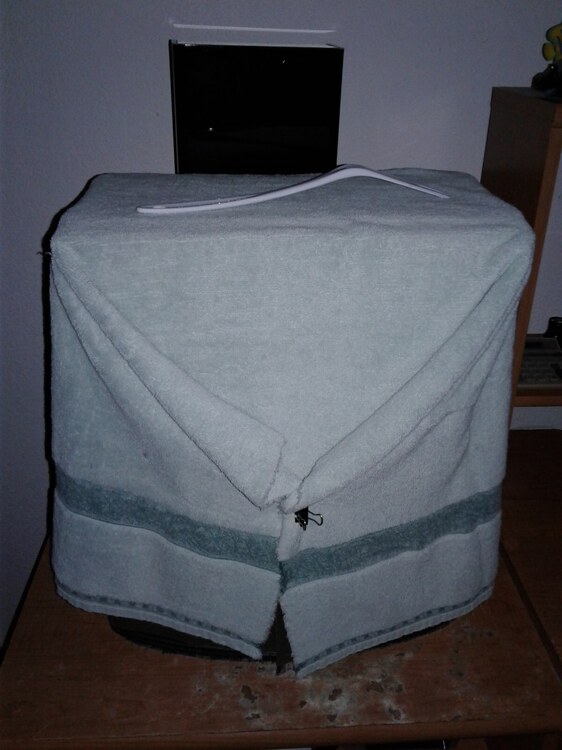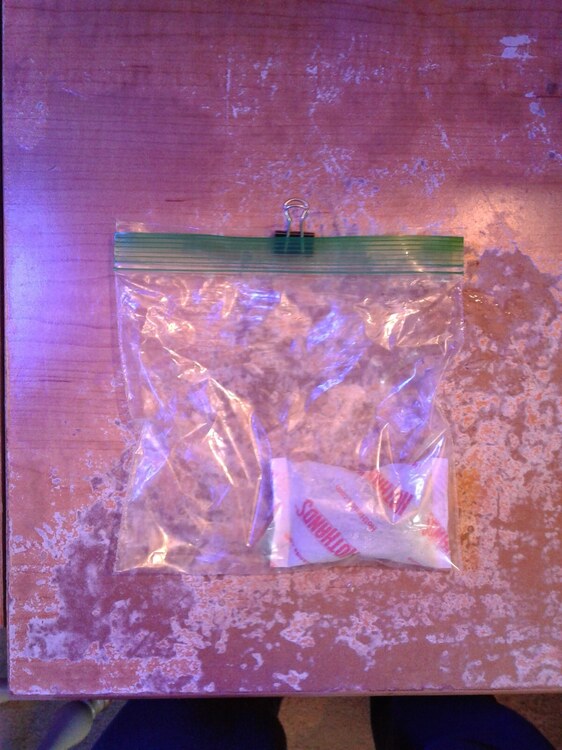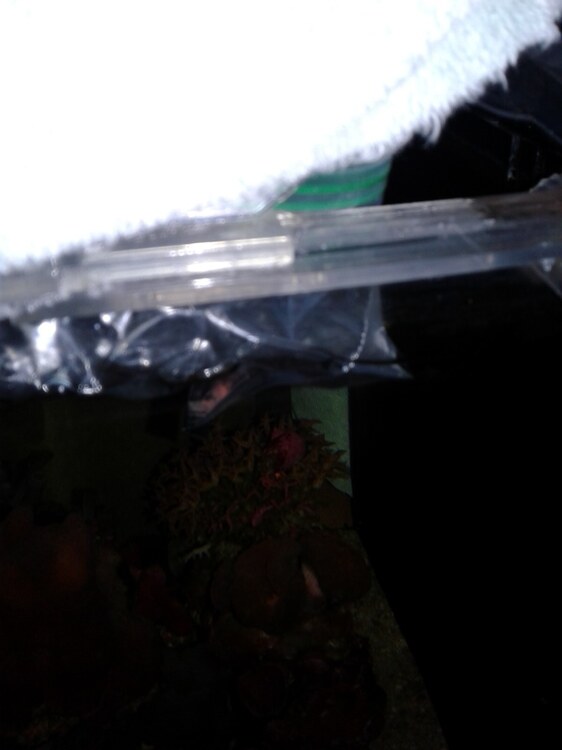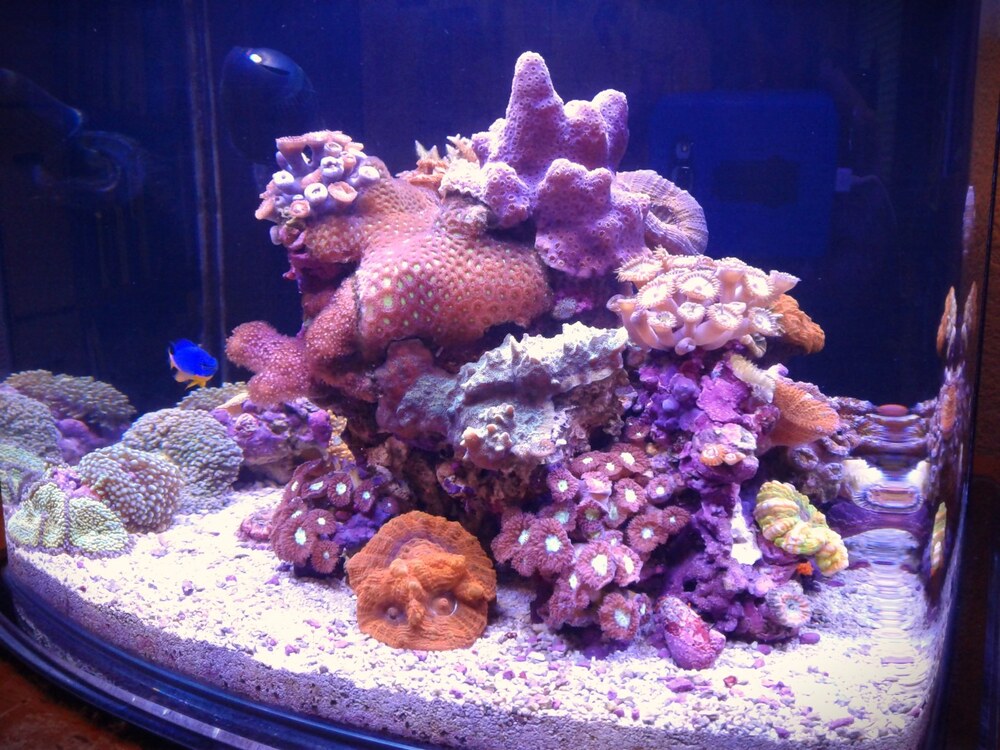Oh no! It's always tough to loose a long term pet. I'm sorry to hear it. If it makes you feel any better, he probably lived in your tank way longer than he ever would have in the wild. Fish rarely have a full life in the wild.
Whiskey
Thanks. This one was definitely a character!
I've heard these little gobies and blennies called 'The Potato Chips of the Sea'. They get gobbled up all the time, but they reproduce like crazy to compensate.























